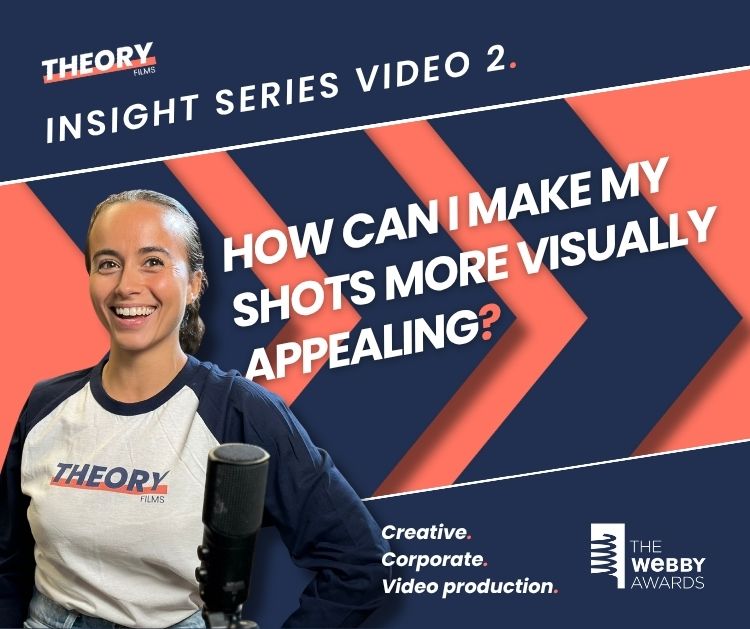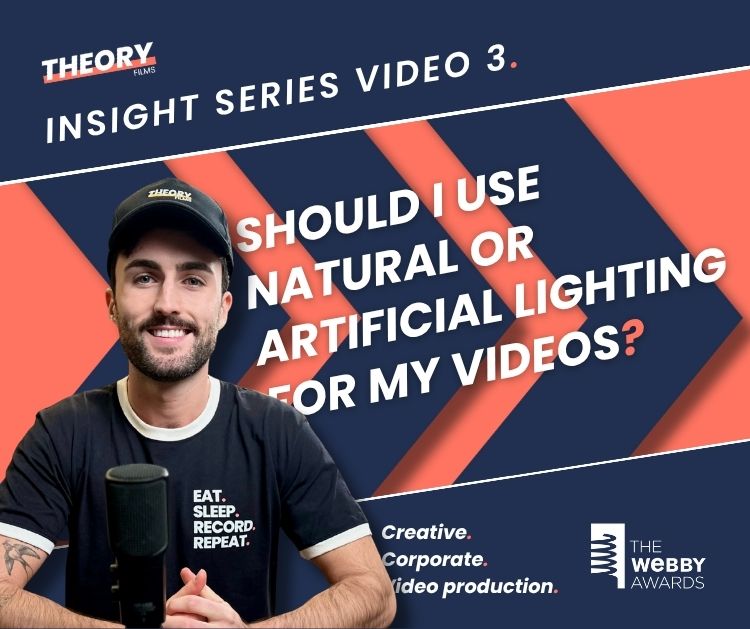Introducing our new Insights Videos! These short, engaging episodes are designed to help you easily understand the video production process.
Gain valuable insights into aspects of the production process by watching our helpful videos.
Crafting visually appealing shots is paramount for creating captivating content that resonates with your audience. To achieve this, a meticulous approach to several key factors is essential, transforming ordinary visuals into extraordinary ones.
1. Embrace Experimentation with Camera Techniques:
- Camera Angles: Don’t be afraid to break free from conventional eye-level shots. Explore high-angle shots to make subjects appear smaller or vulnerable, or low-angle shots to convey power and dominance. Tilting the camera for Dutch angles can introduce a sense of unease or dynamism. Experimenting with worm’s-eye views or bird’s-eye views can offer fresh, unexpected perspectives that immediately grab attention.
- Compositions: The way elements are arranged within your frame significantly impacts visual appeal. Go beyond the rule of thirds and delve into other compositional guidelines. Utilize leading lines to guide the viewer’s eye, incorporate natural frames to draw focus, and explore symmetry or asymmetry to create balance or tension. Understanding negative space and how it contributes to a clean, impactful image is also crucial.
- Lighting Techniques: Lighting is perhaps the most powerful tool for shaping mood and aesthetic. Experiment with natural light, understanding how the time of day and weather affect its quality. Explore artificial lighting setups, from soft, diffused lighting for a gentle feel to harsh, dramatic lighting for emphasis. Learn about backlighting to create silhouettes or rim lighting to highlight outlines. The interplay of shadows and highlights can add depth, dimension, and emotion to your visuals.
2. The Crucial Role of Background Selection:
- Visual Prominence: A well-chosen background ensures your primary subject stands out, preventing it from blending in or being overshadowed by cluttered surroundings. Think about contrast – if your subject is dark, a lighter background will make it pop, and vice-versa.
- Complementary Aesthetics: The background should harmonise with your content, enhancing its message and aesthetic. If your content is vibrant and energetic, a dynamic and colourful background might be appropriate. For more serious or minimalist content, a clean, uncluttered background with subtle textures could be more effective.
- Adding to the Narrative: A background can provide context, tell a story, or evoke a specific emotion. For example, a rustic background might suggest tradition, while a modern, sleek background could imply innovation. Consider how the background contributes to the overall narrative you’re trying to convey.
- Minimising Distractions: A busy or irrelevant background can overwhelm the viewer and detract from your primary focus. Prioritise backgrounds that are either simple and unobtrusive or intentionally contribute to the visual narrative without competing for attention. Techniques like shallow depth of field (bokeh) can effectively blur distracting backgrounds, keeping the focus squarely on your subject.
By consciously paying attention to these details – the innovative use of camera techniques and the thoughtful selection of backgrounds – you can create visuals that are not only inherently appealing but also highly effective in communicating your intended message and leaving a lasting impression on your audience. This holistic approach transforms mere images into powerful visual statements.
Next week in our Insights Videos Series, we’ll cover whether you should use natural or artificial light in your videos.







